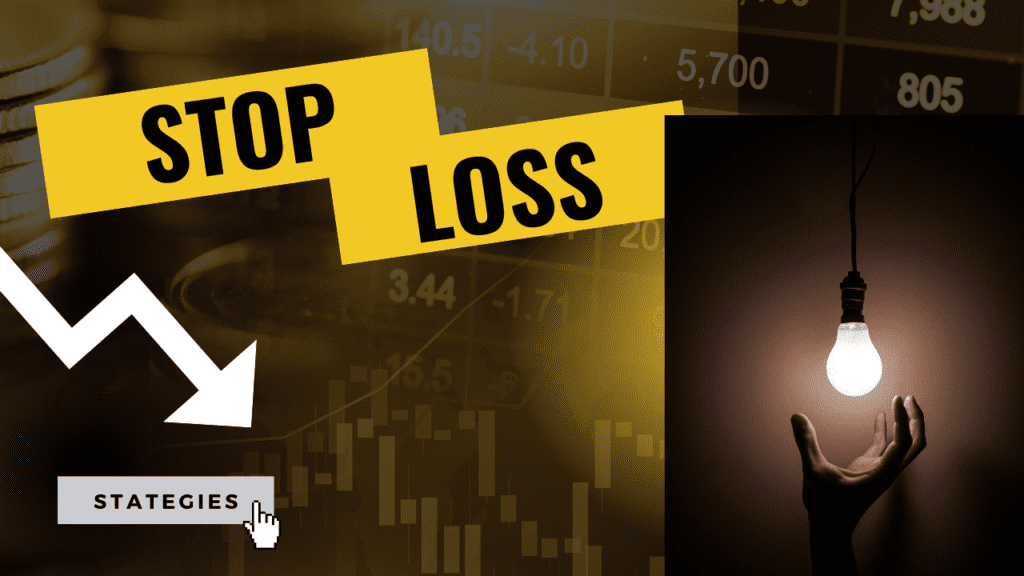
Understanding Leading, Lagging, Momentum, and Trend Indicators
Investing in the stock market can feel like trying to find your way through a dense fog. Market indicators are like the lighthouse guiding ships safely to shore, offering insights that can help predict where the market’s heading, confirm if you’re on the right path, or if you need to adjust your sails. In this blog post, we’re unpacking four key types of indicators: leading, lagging, momentum, and trend indicators. Buckle up, and let’s simplify these concepts!

Leading Indicators: The Market’s Crystal Ball
Imagine having a crystal ball that gives you hints about the future. That’s essentially what leading indicators try to be for investors. They signal potential future events before they happen. Think of them as the market’s early birds, chirping away about what’s to come. Examples include the Consumer Confidence Index (CCI) or new housing starts. If consumer confidence is high, it’s like people whispering, “Hey, we’re feeling good about spending money!” This can be a clue that the economy might pick up soon, affecting stock prices positively.
Lagging Indicators: The Market’s History Book
Lagging indicators are like reading a history book about the market. They provide information after the fact, confirming trends that have already started. They’re your “I told you so” indicators, showing you what has happened, which is useful for confirming long-term trends. Think of the unemployment rate; it doesn’t predict job losses but confirms them after they’ve occurred. Similarly, looking at corporate earnings reports is a way to see how well a company has done, not how it will do.
Momentum Indicators: The Market’s Pulse
Feeling the market’s pulse is crucial, and that’s where momentum indicators come in. They measure the speed at which prices are moving. Are they sprinting forward, or are they losing steam? These indicators help traders identify whether an asset is overbought or oversold, potentially signaling a reversal or continuation of the trend. The Relative Strength Index (RSI) is a popular example. If the RSI is above 70, the market might be overbought; below 30, and it could be oversold. It’s like checking if the market’s heart is beating too fast or too slow.
Trend Indicators: The Market’s Compass
Finally, we’ve got our trusty compass: trend indicators. These tools help you see the direction the market is moving. Are we heading north to bullish territory or south towards a bearish downturn? Moving Averages (MA) are classic examples. They smooth out price data to show a trend over time, helping investors to “see the forest for the trees” by filtering out the day-to-day noise of market fluctuations. It’s like using your GPS to stay on the right path, avoiding wrong turns.
Understanding these four types of indicators is like assembling your market toolkit. Each tool serves a different purpose, from predicting future trends with leading indicators to confirming past actions with lagging ones, feeling the market’s pulse with momentum indicators, and navigating its direction with trend indicators. By familiarizing yourself with these tools, you can make more informed decisions, whether you’re investing for the long haul or looking for short-term trading opportunities.
Remember, no indicator is perfect, and using them in combination can provide a clearer picture of the market’s movements. Like any good navigator, it’s about using the right tools at the right time to reach your destination successfully.
Useful stop loss strategies you have to know.

Ultimate trading tricks for students to become 1%.


